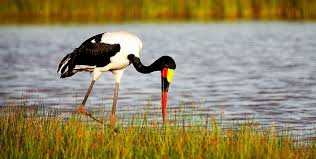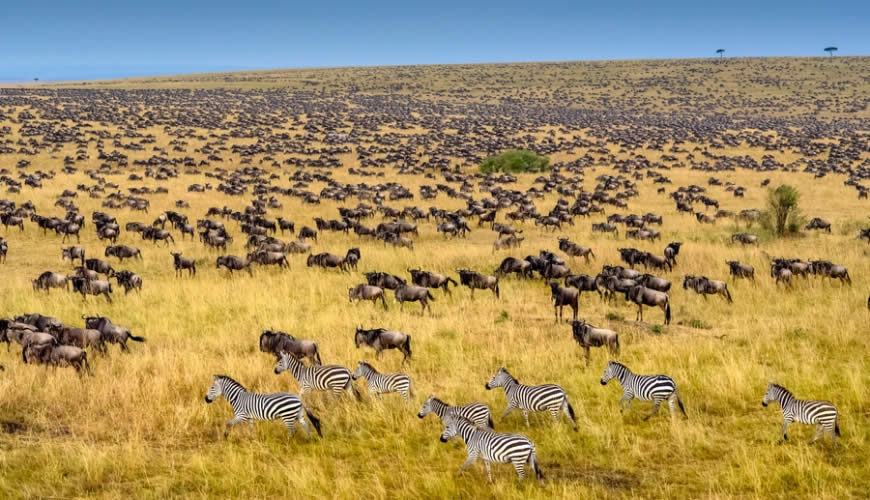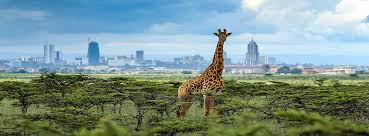LEt Us Go.... to.... KAkamega forest ..... BIRDING ZONE
Kakamega is a large remnant of the once extensive tropical forests found from Kenya west to Uganda and the Congo. As such, it has numerous special and hard to find elsewhere species - including Blue-headed Bee-eater, Gray-chested Babbler (very hard to find), Red-headed Malimbe, Jameson's Wattle-eye, Blue-shouldered Robin-Chat, and lots of greenbuls! Also Great Blue Turaco can be observed. With over 400 species on an extensive trail network, every birder visiting Kenya should spend a few days here at least.
A place like Kakamega can feel overwhelming. It’s so grand, so different, so unique. Chalk full of a new set of birds we hadn’t seen yet in Kenya. Kakamega forest is more like Western Africa than anywhere else we had been in East Africa, which makes sense considering it is Kenya’s last remnant piece of the ancient Guineo-Congolian rainforest that once spanned the continent.
Beautiful forests, a network of nice, wide trails, not too hot, not too steep — the list of accolades goes on. And perhaps birders are more partial to forests than nonbirders, but there is something so special about this place that I can’t help but feel a bit mesmerized by it. If I had to pick a favorite birding location in all of Kenya this might well be it.
But with a new type of forest comes a new set of targets. Hence why it was feeling overwhelming. There was an easiness about walking around in Kakamega, which is a good thing because the targets we had in mind were anything.
To fully appreciate the incredible avifauna of Kakamega Forest, it’s essential to plan your visit during the dry season, which runs from December to March. During this time, the forest is more accessible, and the birds are more active and easier to spot.
Beyond its incredible bird diversity, Kakamega Forest is also home to a variety of other fascinating wildlife, including primates such as the Blue Monkey (Cercopithecus mitis) and the De Brazza’s Monkey (Cercopithecus neglectus), as well as butterflies, reptiles, and a wealth of plant species.
As you explore this ancient rainforest, remember to tread lightly and respect the fragile balance of nature. Kakamega Forest faces ongoing threats from illegal logging, charcoal production, and encroaching human settlements, making responsible tourism and conservation efforts all the more crucial.
Whether you’re a seasoned birder or a nature lover seeking a unique and unforgettable experience, Kakamega Forest promises to be a true highlight. With its diverse avifauna, including rare species, as well as its rich cultural heritage and stunning natural beauty, this Western Kenyan gem is a must-visit destination for anyone with a passion for exploring and preserving the wonders of our natural world.
Best Times To visit
The optimal time to plan a birding tour to Kakamega Forest is during the dry season, which spans from December to March. This period offers the most favorable conditions for spotting the incredible diversity of avian life that calls this ancient rainforest home.
During the dry months, the forest trails are more accessible, with drier and easier terrain to navigate. Additionally, the birds themselves tend to be more active and visible when the weather is dry, increasing the chances of observing and identifying various species. The reduced density of vegetation and foliage also improves overall visibility, allowing for better sightings and photography opportunities.
Furthermore, the December to March window coincides with the Palearctic migration season in Kenya. This means that in addition to the forest’s rich resident avifauna, birders can potentially spot a variety of migratory species that travel from Europe, Asia, and other parts of the Northern Hemisphere to escape the harsh winter conditions. Notable migrants that may be present include the Willow Warbler, Marsh Warbler, European Roller, Red-backed Shrike, and the Eurasian Honey Buzzard, among others.
By visiting Kakamega Forest during the dry season, birders can maximise their chances of good sightings of rare and endemic species and migrants, making for a truly diverse and rewarding birding experience.
Experience top Destinations
.jpg) Free to Register For the Trip
Free to Register For the Trip Aberdare National Park
Aberdare National Park is an isolated volcanic mountain range forming the easternmost barrier of the Gregory Rift Valley. It is located east of the Kinangop/Laikipia plateau and features two principal peaks:
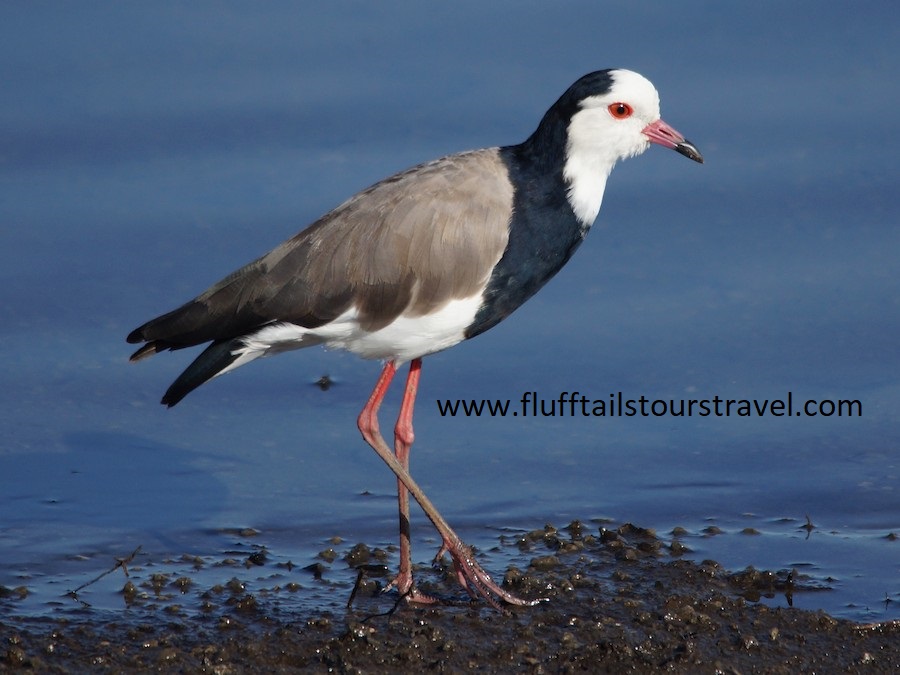
Amboseli National Park
Ecological Significance of Amboseli National Park
Northwest of Mount Kilimanjaro, Amboseli encompasses diverse habitats, including:
Acacia woodlands
Lush swamps (fed by underground Kilimanjaro water)
Open savannah grasslands
Seasonal Lake Amboseli
Arabuko Sokoke
You can visit Arabuko Sokoke year-round. The rain will test your stamina and perseverance on forest hikes in the wetter months, but you’ll have lots more birds, as well as frogs, for company. Alternatively, visit in the drier months, when the sunshine makes getting around much more pleasant.
The Luxury Trips is here to make your vacation memorable with the best deals and services, along with thrilling adventures. Book your next vacation with us
Our Destinations
Our TRIPS Book A Room
We fell in love with Africa and in the hands of Fluttfails, well, we don’t need to tell you that we learned everything there is to know about everything that touched our experience. He is the legend! He is a wonder of a man and we all enjoyed one another’s company immensely. Thank you for pairing us with him.

Client Name
ProfessionWe are Very grateful to have been able to experience this trip of a lifetime.Food was attractive in all places and well served. The children tried new dishes but really enjoyed pastas! Accommodations were quite satisfactory. We will return!

Johnson
ProfessionThank you for providing the different concentrations of wildlife. The guides/drivers were all experts, but I thought Lenard was most personable… All were competent. Having a Masai connection added interest. Without exception the administrators and their staffs were excellent. I appreciated the participation many showed – engaging in soccer with the children, for example.

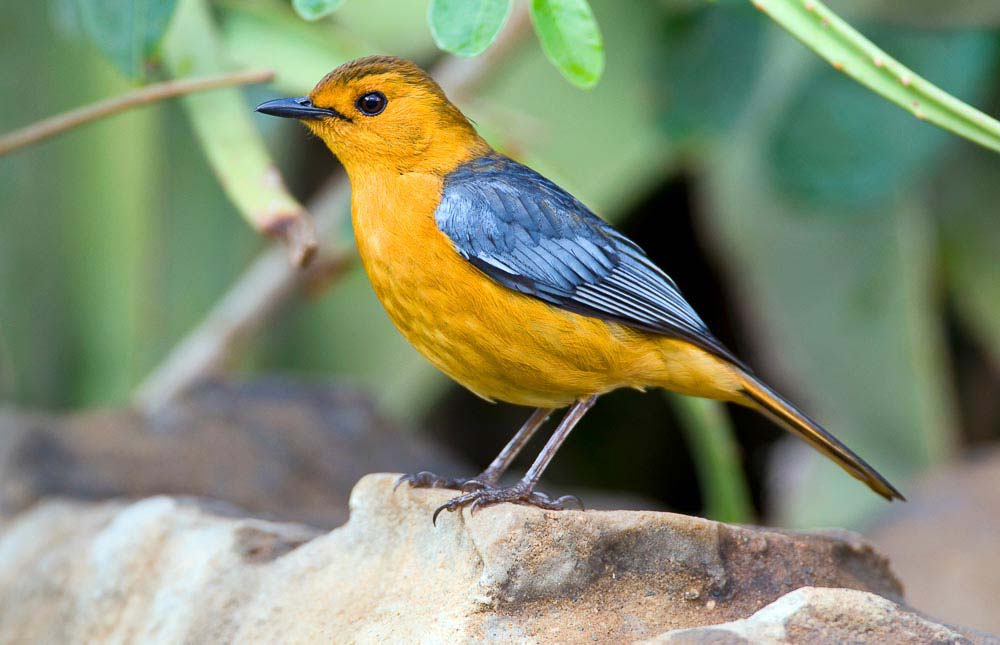
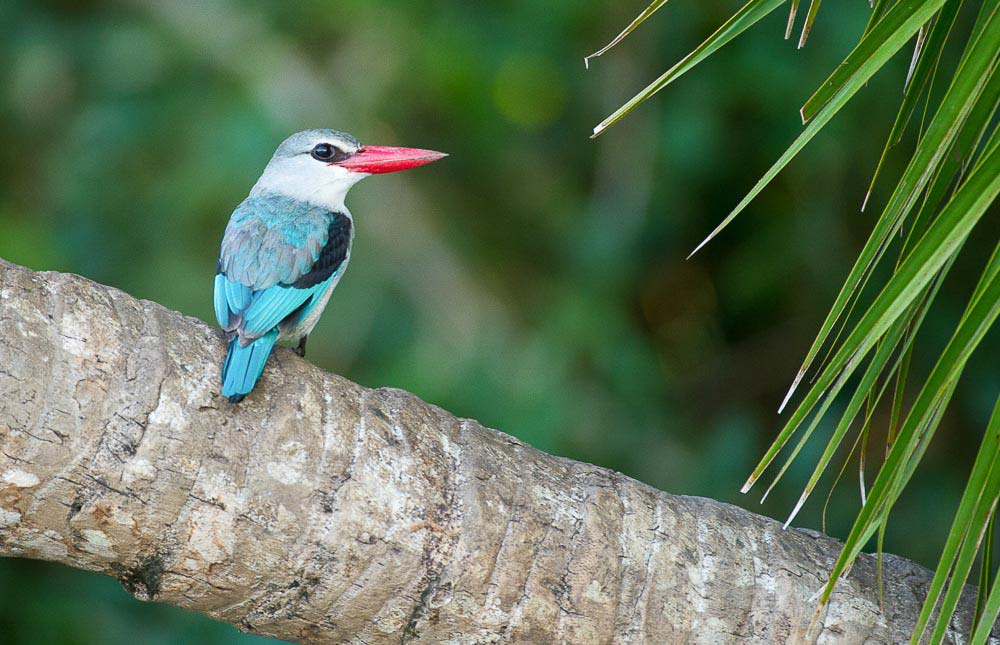
.png)


